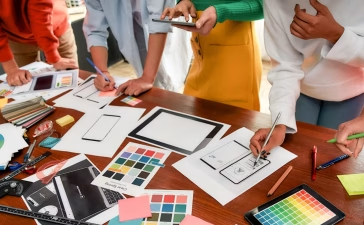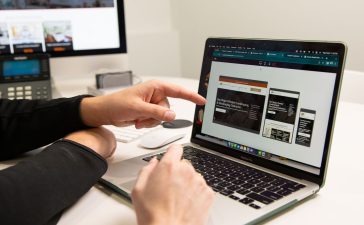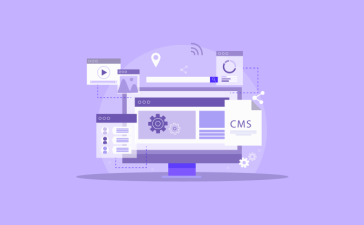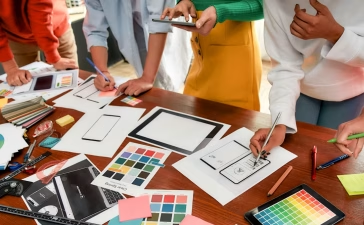In today’s hyperconnected world, a website is far more than just an online presence—it’s the digital face of a brand, a business’s first impression, and often its most powerful marketing tool. With billions of websites competing for attention, web design has evolved into a blend of art, psychology, and technology. A well-designed website doesn’t just look good—it tells a story, builds trust, and converts visitors into loyal customers.
As we move deeper into the 2020s, web design continues to transform at an incredible pace. Trends shift, technologies advance, and user expectations rise. To stay relevant, designers must balance creativity with usability, aesthetics with performance, and innovation with accessibility. This article explores how modern web design is evolving, the principles driving it, and what the future holds for this dynamic field.
1. The Evolution of Web Design: From Static Pages to Interactive Experiences
In the early days of the internet, websites were simple, static pages filled with text and basic images. The goal was information delivery, not engagement. But as internet speeds improved and browsers evolved, design possibilities expanded. HTML5, CSS3, and JavaScript revolutionized web creation, allowing designers to introduce animations, transitions, and interactivity.
Then came the mobile revolution. With smartphones overtaking desktops as the primary browsing device, responsive design became essential. Designers learned to create layouts that adapted fluidly to different screens, ensuring that users had a seamless experience no matter their device.
Today, web design is about experiential design—building interactive, story-driven digital experiences that immerse the user. The line between website and app is blurring, thanks to technologies like Progressive Web Apps (PWAs) and motion UI, which make websites feel alive and intuitive.
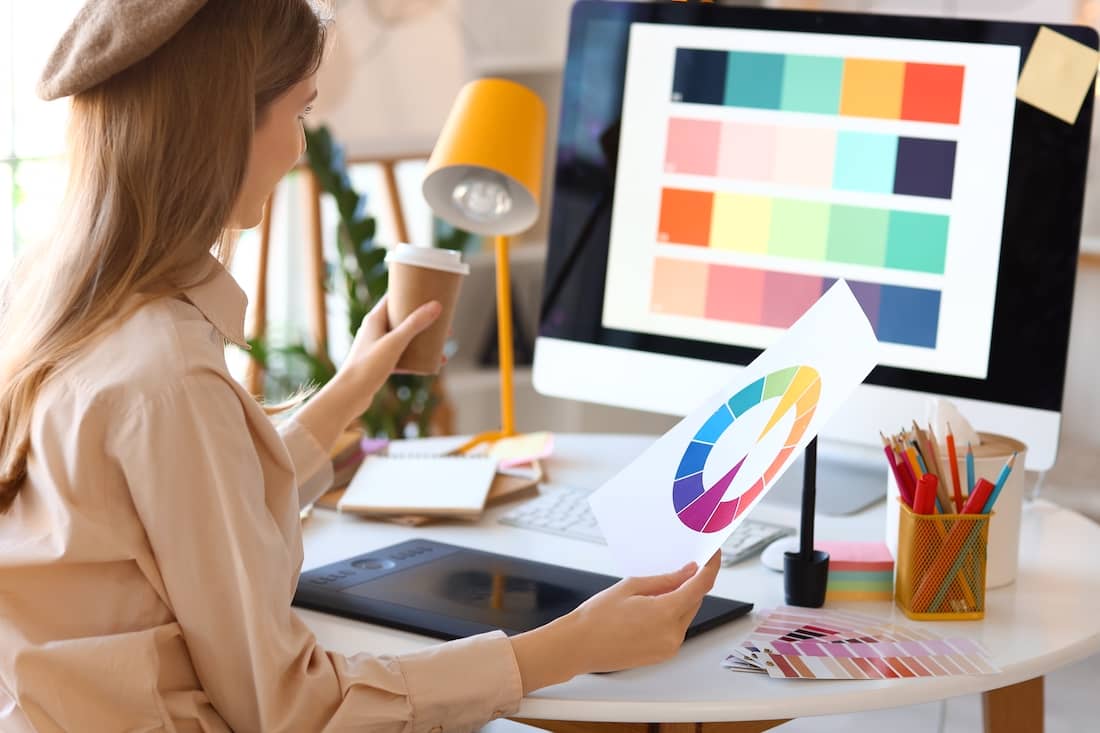
2. Core Principles of Modern Web Design
While trends come and go, the fundamentals of effective web design remain constant. A truly successful website balances the following key principles:
a. Usability
A beautiful site is useless if users can’t navigate it easily. Navigation should be intuitive, with clear menus, consistent layouts, and a logical content hierarchy. The goal is to guide visitors naturally from point A to point B with minimal friction.
b. Visual Hierarchy
Good design directs attention. Designers use contrast, spacing, and color to highlight key information and calls to action. White space isn’t wasted space—it helps users focus.
c. Accessibility
Inclusive design ensures that everyone, including users with disabilities, can access content. Following accessibility standards (like WCAG) means adding alt text for images, ensuring readable color contrast, and making the site keyboard-navigable.
d. Speed and Performance
A slow website is a dead website. Research shows that 53% of users abandon pages that take more than 3 seconds to load. Designers and developers must optimize images, compress code, and use content delivery networks (CDNs) to maintain fast performance.
e. Consistency
Typography, colors, and design elements should remain uniform across the site. Consistency builds familiarity, trust, and brand recognition.
3. The Role of UX and UI in Web Design
The modern web design process revolves around user experience (UX) and user interface (UI) design. While the two overlap, they serve different purposes.
-
UX design focuses on how users feel when interacting with a website. It’s about understanding user needs, behaviors, and motivations through research, testing, and iteration.
-
UI design, on the other hand, focuses on how the site looks and feels. It involves choosing colors, fonts, icons, and layouts that align with brand identity and user expectations.
A successful website merges these disciplines seamlessly. Great UX ensures that users find what they need effortlessly, while great UI ensures they enjoy the process. Together, they turn functional websites into delightful digital experiences.
4. Minimalism: The Dominant Design Philosophy
In recent years, minimalist design has become the gold standard in web design. Characterized by clean layouts, ample white space, and bold typography, minimalism strips away clutter to focus on what truly matters.
Brands like Apple, Google, and Airbnb have championed minimalist aesthetics because they enhance usability and visual appeal. Simple doesn’t mean boring—it means efficient. A minimalist website loads faster, guides the user clearly, and feels timeless.
This approach also aligns with today’s mobile-first design strategy. With smaller screens and limited attention spans, simplicity enhances readability and engagement.
5. The Rise of Motion Design and Microinteractions
While minimalism keeps things clean, motion design adds a layer of sophistication and engagement. Subtle animations—like buttons that ripple when clicked or images that fade in—create emotional connections and enhance usability.
These microinteractions guide users, provide feedback, and make the experience more intuitive. For example:
-
A hover effect can show that a button is clickable.
-
A progress bar can reassure users that their action is processing.
-
Scroll animations can make content more dynamic.
When used thoughtfully, motion design keeps users engaged without overwhelming them. However, balance is key—too much animation can distract or slow down a site.
6. Trends Shaping the Future of Web Design
Web design trends evolve rapidly, often influenced by technology, culture, and user behavior. Here are some of the most impactful movements shaping the field in 2025 and beyond:
a. Dark Mode
Dark interfaces reduce eye strain and look sleek, making them a popular option for modern websites. Designers now offer both light and dark themes for better accessibility and user control.
b. AI-Driven Design
Artificial Intelligence is entering the design space through tools that generate layouts, color palettes, or even entire pages based on content. AI can analyze user behavior and adjust design elements in real time for better engagement.
c. 3D Graphics and Immersive Design
With WebGL and advanced browsers, 3D visuals are becoming mainstream. Interactive 3D models and animations bring products to life and enhance storytelling.
d. Voice User Interfaces (VUIs)
As voice assistants grow in popularity, web design is adapting to voice navigation. Sites optimized for voice search improve accessibility and user convenience.
e. Sustainability and Eco-Friendly Design
Green web design focuses on reducing the energy footprint of websites through efficient coding, low-energy hosting, and lightweight visuals.
7. The Power of Branding in Web Design
A website isn’t just a digital tool—it’s a brand statement. Every color, font, and image conveys identity and values. Strong branding creates emotional connections that turn visitors into loyal followers.
Consistency between website design and other brand touchpoints—such as social media, advertising, and packaging—is crucial. Visual harmony builds trust and recognition, making users feel confident about engaging with a business.
Typography plays a major role in this as well. Bold, distinctive fonts can communicate authority or creativity, while subtle ones suggest elegance and sophistication. The key is coherence—everything should tell the same brand story.
8. The Future: AI, Personalization, and Beyond
Looking ahead, web design is moving toward hyper-personalization and automation. AI will soon tailor website layouts, content, and interfaces in real time based on user preferences and behaviors.
Imagine visiting a website that automatically adjusts its color scheme, layout, and product suggestions according to your browsing history or even your emotional state. This level of personalization will redefine user engagement.
Furthermore, technologies like augmented reality (AR) and virtual reality (VR) will merge physical and digital spaces. E-commerce stores will allow users to virtually “try on” products, while educational websites will offer immersive learning experiences.
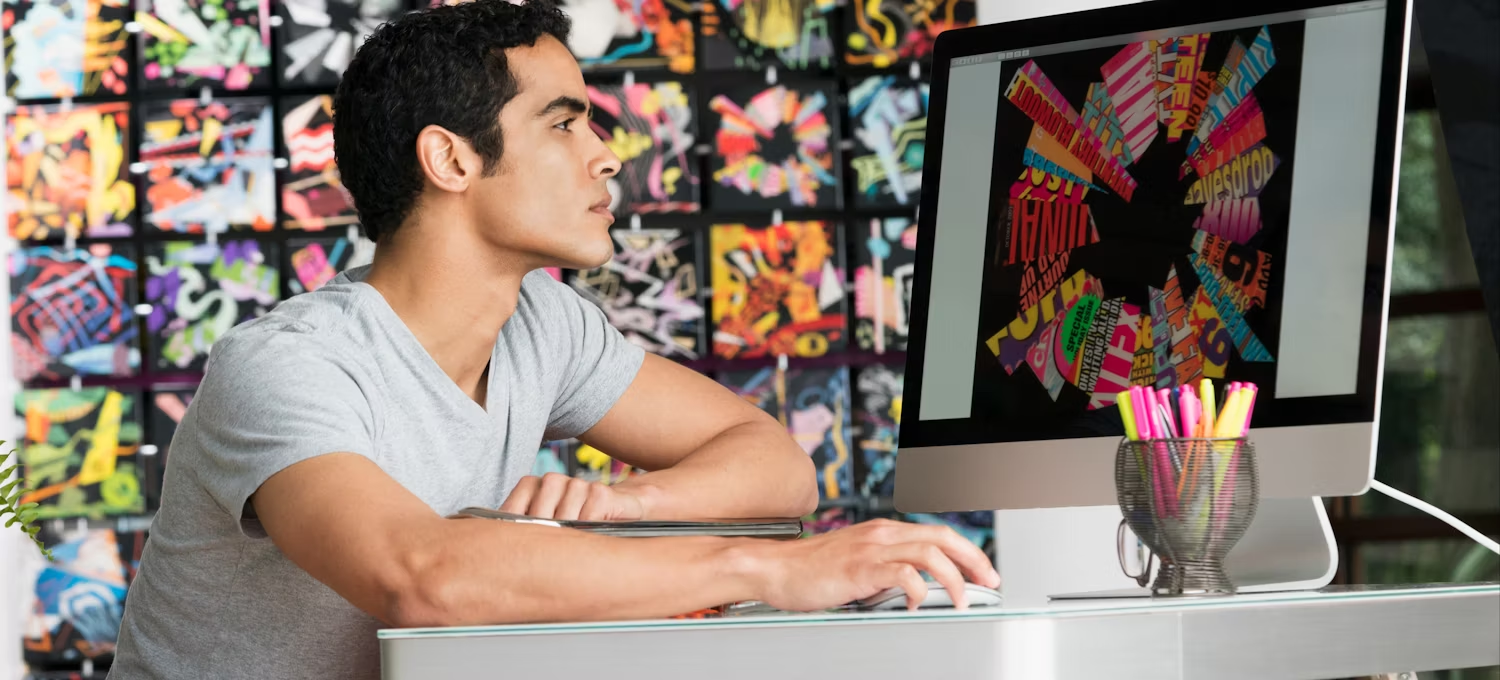
9. Conclusion: Designing for Humans, Not Just Screens
The future of web design is not about chasing trends or showcasing technical skills—it’s about understanding people. A website’s purpose is to serve, inform, and connect. The best designs are those that put users first, combining aesthetics, functionality, and empathy.
As new tools and technologies emerge, one truth remains: great web design is both an art and a science. It requires creativity to inspire and strategy to perform. Whether through minimalist elegance or dynamic interactivity, web design continues to shape how we experience the digital world—and ultimately, how we connect with one another.
In the end, every pixel, every animation, and every word should work together to create one seamless message: welcome to something meaningful.

